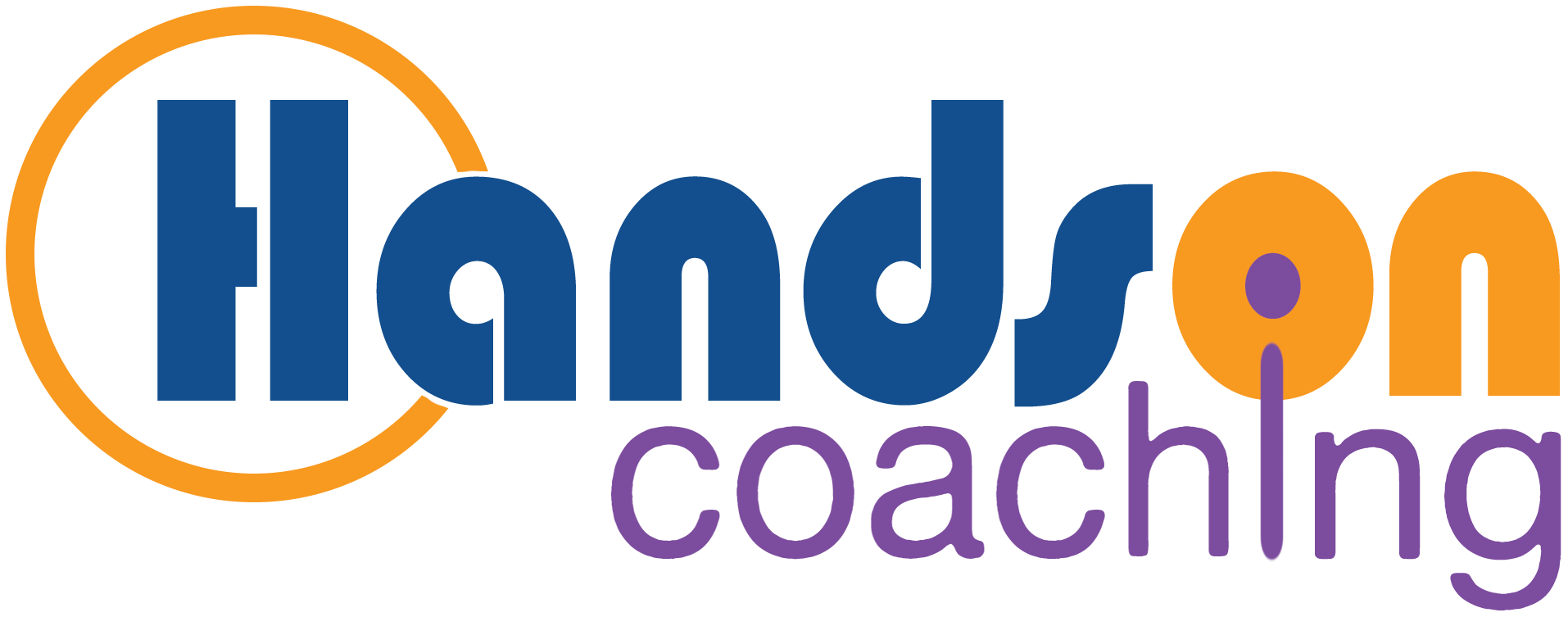
Unlocking Your Team’s Full Potential: The Science Behind Workplace Growth
The Secret to High-Performing Teams
Did you know that organizations with thriving workplace cultures experience a 17% increase in productivity? Creating an environment where employees can flourish isn’t just a luxury – it’s a necessity.
In this post, we explore the science behind workplace growth, offering valuable insights into team performance, trust-building, and leadership effectiveness. Whether you’re a manager, HR professional, or business leader, you’ll discover actionable strategies backed by research to unlock your team’s full potential and foster a culture of well-being and growth.
Understanding Workplace Potential
Unlocking a team’s full potential goes beyond productivity. It encompasses engagement, innovation, collaboration, and a sense of belonging. Every employee plays a crucial role in the workplace ecosystem, and when all pieces fit together, organizations can achieve extraordinary results.
The Science of Workplace Culture
Culture is the most influential factor in workplace potential. A strong, positive culture encourages employees to take ownership, communicate openly, and actively contribute to the company’s success.
A study by Harvard Business Review found that organizations with strong workplace cultures have higher employee engagement, lower turnover, and increased innovation. Engaged employees are not only 87% less likely to leave but are also more productive and collaborative.
Adopting a growth mindset culture is critical. In a growth mindset, challenges are viewed as opportunities to learn and improve, prompting individuals to invest effort in their work while feeling supported by their organization. This creates a cycle where success breeds further motivation and performance.
Building a Growth Mindset Culture
Adopting a growth mindset is crucial. In such cultures, challenges are seen as opportunities to learn and improve, fostering resilience, motivation, and high performance. Leaders and teams that embrace this mindset continuously push boundaries, creating a cycle of success and innovation.
Tools like V360, TAWDI, and GEDI can help organizations measure and enhance their team dynamics, leadership effectiveness, and overall workplace culture. These scientifically designed assessments provide deep insights into how teams function, where improvements are needed, and how to build an environment where employees thrive.
The Role of Effective Leadership
Great leaders set the tone for their teams, and their actions shape workplace potential. To lead effectively, focus on these three core areas:
- Leading with Empathy
Empathy fosters connection and trust. Studies by Gallup show that teams led by empathetic leaders report higher productivity and job satisfaction.
- Accountability and Transparency
Strong leaders hold themselves and their teams accountable. Clear expectations, continuous feedback, and psychological safety promote transparency and trust.
- Encouraging Autonomy and Innovation
Micromanagement stifles creativity. Instead, leaders should empower employees by giving them autonomy and the freedom to solve problems independently.
Strategies for Enhancing Team Performance
Now that we understand culture and leadership, let’s explore actionable strategies to boost team performance.
1. Set Clear Goals and Objectives
Use SMART goals (Specific, Measurable, Achievable, Relevant, Time-bound) to provide direction and clarity. Teams perform best when they have a clear vision of success.
2. Foster Open Communication
Encourage transparency through regular check-ins, one-on-one meetings, and open-door policies. Teams that communicate effectively build stronger relationships and higher trust.
3. Promote Continuous Learning
Invest in employee development through training programs, mentoring, and on-the-job learning. Employees who feel valued are more engaged and more likely to stay.
4. Recognize and Celebrate Achievements
Acknowledging contributions, whether through verbal praise, awards, or incentives, fosters motivation and commitment.
5. Encourage Collaboration
Break down silos and promote cross-functional teamwork. When employees with diverse perspectives collaborate, innovation thrives.
With the help of V360, TAWDI, and GEDI assessments, leaders can gain data-driven insights into team performance, communication effectiveness, and leadership impact, allowing for targeted interventions that drive measurable improvements.
Prioritizing Employee Well-Being
Employee well-being is directly linked to performance and retention. Here’s how organizations can support it:
- Promote Work-Life Balance
Flexible work arrangements, remote work options, and realistic workloads help employees maintain a healthy balance between work and personal life.
- Implement Wellness Programs
Offering wellness initiatives, from mental health support to fitness programs, reduces stress and increases engagement.
- Create a Safe and Inclusive Space
A culture of psychological safety enables employees to speak up, take risks, and contribute without fear of judgment.
- Encourage Breaks and Mindfulness
Short, regular breaks improve focus, creativity, and overall performance. Encourage employees to recharge and avoid burnout.
Measuring Success
It’s essential to track the effectiveness of workplace improvements. Here are key ways to measure progress:
1. Conduct Engagement Surveys
Regular surveys provide insights into employee satisfaction and areas for improvement.
2. Track Performance Metrics
Analyze productivity, project completion rates, and turnover trends before and after implementing new strategies.
3. Establish Continuous Feedback Loops
Encourage employees to share feedback regularly, not just during annual reviews. A feedback-rich culture promotes agility and adaptation.
Using tools like GEDI, organizations can benchmark their progress and adjust strategies based on real-time insights into executive dynamics and decision-making effectiveness.
Where Do We Go From Here?
Unlocking workplace potential isn’t a one-time initiative – it requires continuous evolution. Start by reflecting on your current culture and leadership approach.
✅ What steps can you take today to improve your workplace culture?
✅ Are you fostering a growth mindset and prioritizing well-being?
Take Action Now!
To learn more about unlocking your team’s full potential, visit Handson Coaching´s LinkedIn page for more insights.
Together, we can build a workplace where engagement, innovation, and success thrive! 🚀
